



Ensure you select a unit that utilizes an efficient combustion engine and a suitably designed pump. The engine generates the necessary power to draw water from a source, pushing it through hoses at high velocities.
The heart of the system is the pump, which transforms the engine’s energy into hydraulic pressure. By compressing the water, the pump allows it to escape through the nozzle in a concentrated stream, effectively removing dirt and grime from various surfaces.
Pay attention to nozzle types; they determine spray patterns and pressure levels. For delicate surfaces, a wider spray pattern prevents damage, while a narrow jet is ideal for tougher stains. Regular maintenance of the engine and pump will extend the life of your equipment and enhance cleaning performance.
Additionally, consider using detergents specifically formulated for use with these machines, as they can significantly boost cleaning results by breaking down stubborn residues. Familiarize yourself with the machine’s controls for optimal operation, ensuring safety as you tackle outdoor cleaning tasks.
Understanding the Components of a Pressure Cleaning System
Familiarity with the key parts significantly enhances your maintenance and troubleshooting capabilities. Each element serves a specific function, ensuring optimal performance when addressing tough cleaning tasks.
Engine
The engine is the powerhouse, typically a four-stroke petrol unit. It converts fuel into mechanical energy, driving the pump. Look for models with reliable engines from reputable manufacturers for durability and efficiency.
Water Pump

The pump pressurises the water. It’s crucial to select a brass or anodised aluminium pump for better longevity and performance. There are two main types: axial and triplex. The triplex pump tends to provide a smoother flow and greater reliability for frequent use.
Hoses and Nozzles
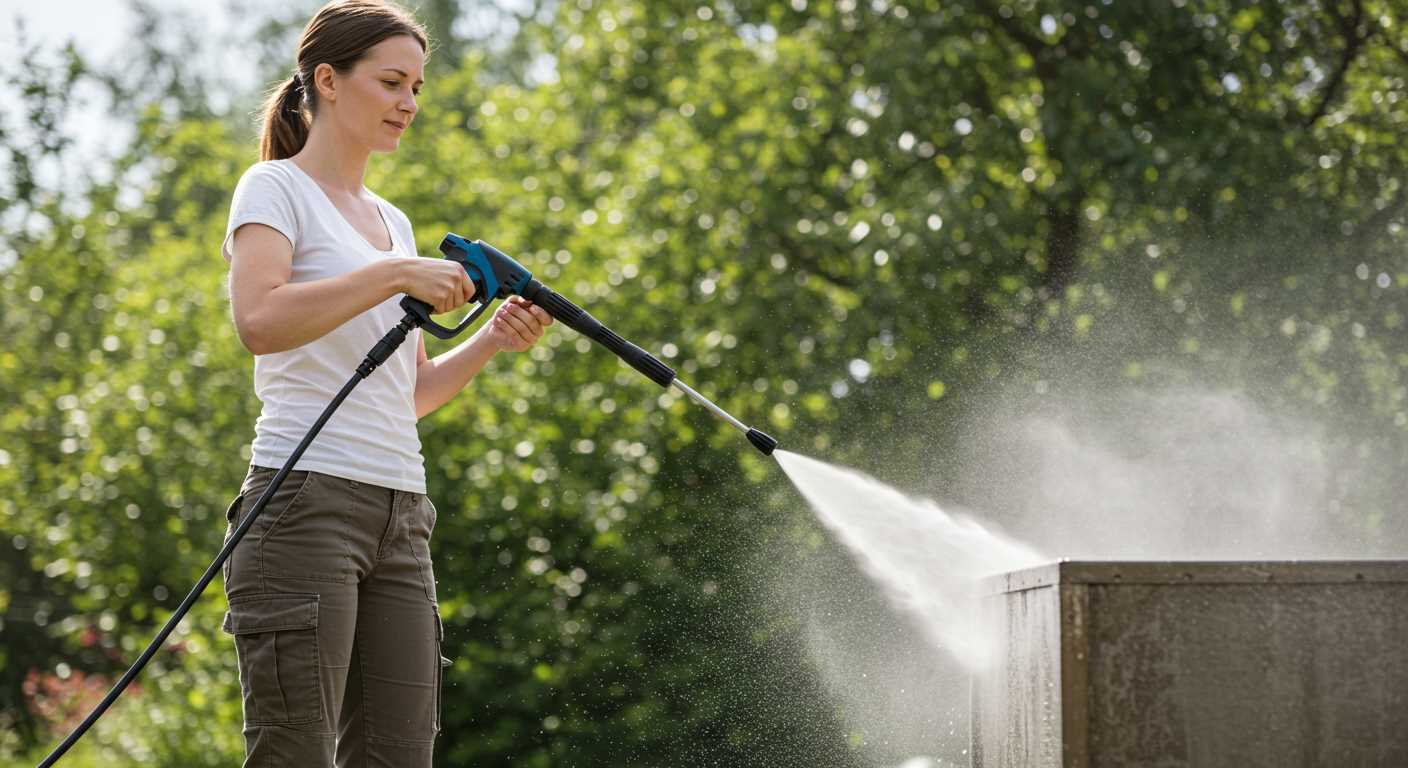
High-pressure hoses streamline high-pressure water flow. Opt for reinforced models that can withstand high temperatures and pressures. Interchangeable nozzles, often colour-coded, allow for adjustments based on the cleaning task; each size provides different spray patterns and intensity, enhancing versatility.
Trigger Gun
This component activates water flow. A quality trigger gun is designed for comfort and control, featuring safety locks to prevent accidental starts. Some models come with ergonomic designs, reducing fatigue during extended use.
Frame and Wheels
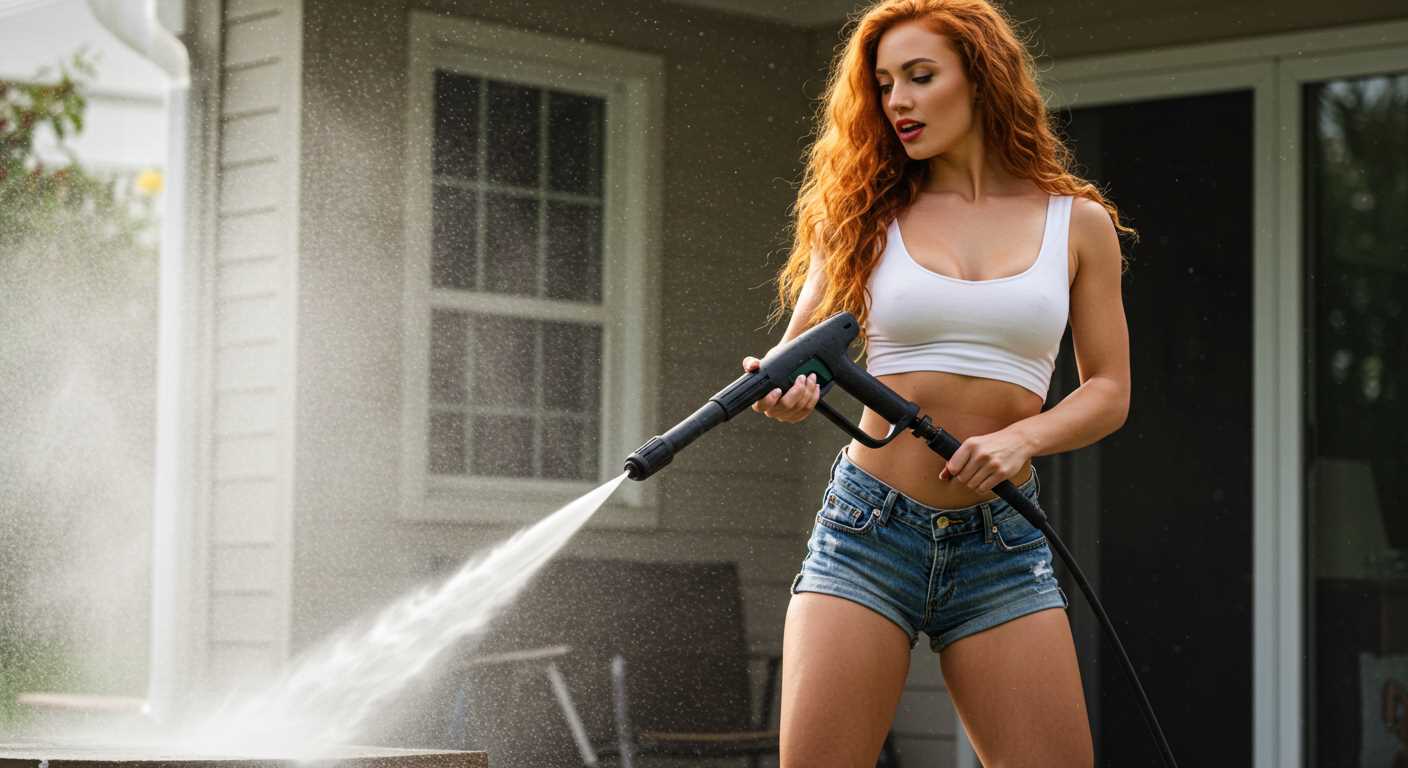
The frame supports all these components. A robust, stable frame is essential for mobility and durability. Look for models with substantial wheels that provide easy transport over various terrains.
| Component | Function | Key Features to Consider |
|---|---|---|
| Engine | Powers the pump | Four-stroke, reputable brand |
| Water Pump | Pressurises the water | Brass or anodised aluminium, triplex preferred |
| Hoses | Conveys high-pressure water | Reinforced, temperature resistant |
| Trigger Gun | Controls water flow | Ergonomic design, safety locks |
| Frame | Supports assembly | Sturdy, transport-friendly |
Understanding these components will ensure that you choose the right cleaning tool for your needs, allowing you to tackle various jobs effectively.
Engine Powering the Cleaner
The engine is the driving force behind this cleaning apparatus, converting fuel into mechanical energy that propels water at high velocities. The combustion process ignites a mixture of air and fuel, creating high-pressure exhaust gases that move the engine’s pistons. This reciprocating motion is what ultimately powers the pump.
Here are the components involved in this process:
- Fuel Tank: It stores the necessary fuel, typically unleaded gasoline. The capacity varies by model, affecting operational time.
- Cylinder: The cylinder is where combustion occurs. It contains a piston that compresses the air-fuel mixture, leading to ignition.
- Piston: The piston’s movement translates the energy from the combustion into mechanical energy, driving the pump.
- Pump: The pump receives the mechanical energy from the engine and converts it into water pressure. A triplex or axial pump type is commonly used for its reliability and efficiency.
Fuel efficiency and engine performance can significantly impact the unit’s overall effectiveness, making it essential to choose an engine that balances power and consumption. Regular maintenance, such as checking the air filter and oil levels, ensures longevity and performance.
To optimise performance, I recommend selecting units with adjustable throttle controls. This allows for better fuel management and tailored pressure settings for different cleaning tasks. Additionally, choosing an engine with a higher horsepower rating often results in better efficiency and quicker cleaning times.
The Role of the Water Pump in Pressure Generation
The water pump in a washing unit is the heart of its cleaning power. It’s designed to pressurise the water effectively, ensuring that the desired force is reached for various cleaning tasks.
Typically, a triplex or axial pump is used. The triplex pump features three plungers that enhance efficiency and minimise pulsation, which results in a smoother flow and improved performance during operation. On the other hand, the axial pump is simpler, relying on a single piston mechanism, which can be less durable over time but is often found in more affordable models.
Mechanics Behind Pressure Generation
Water enters the pump through an inlet valve and is then drawn into the pump chamber. The motor spins the crankshaft, which moves the plunger back and forth, building up hydraulic pressure in the process. As the plunger pushes the water out through the outlet, it exits the nozzle at high velocity, providing the force needed to remove dirt and grime.
The efficiency of the pump affects cleaning performance directly. Higher pressure ratings indicate the ability to tackle tougher stains and larger areas in less time. Regular maintenance, such as checking for leaks and ensuring proper oil levels, is necessary to keep the pump functioning optimally and prolong its lifespan.
Impact of Flow Rate
Flow rate is another critical aspect. It’s measured in litres per minute (L/min) or gallons per minute (GPM). A higher flow rate means more water is delivered, enhancing cleaning capabilities, especially when combined with the appropriate pressure. For most tasks, a moderate flow coupled with sufficient pressure provides the best results without wasting water.
Understanding these components and how they interact is vital for optimal performance. Regularly checking the pump for wear and tear can ensure that this essential element continues to deliver the power needed for effective cleaning.
Impact of Nozzles on Water Flow and Pressure
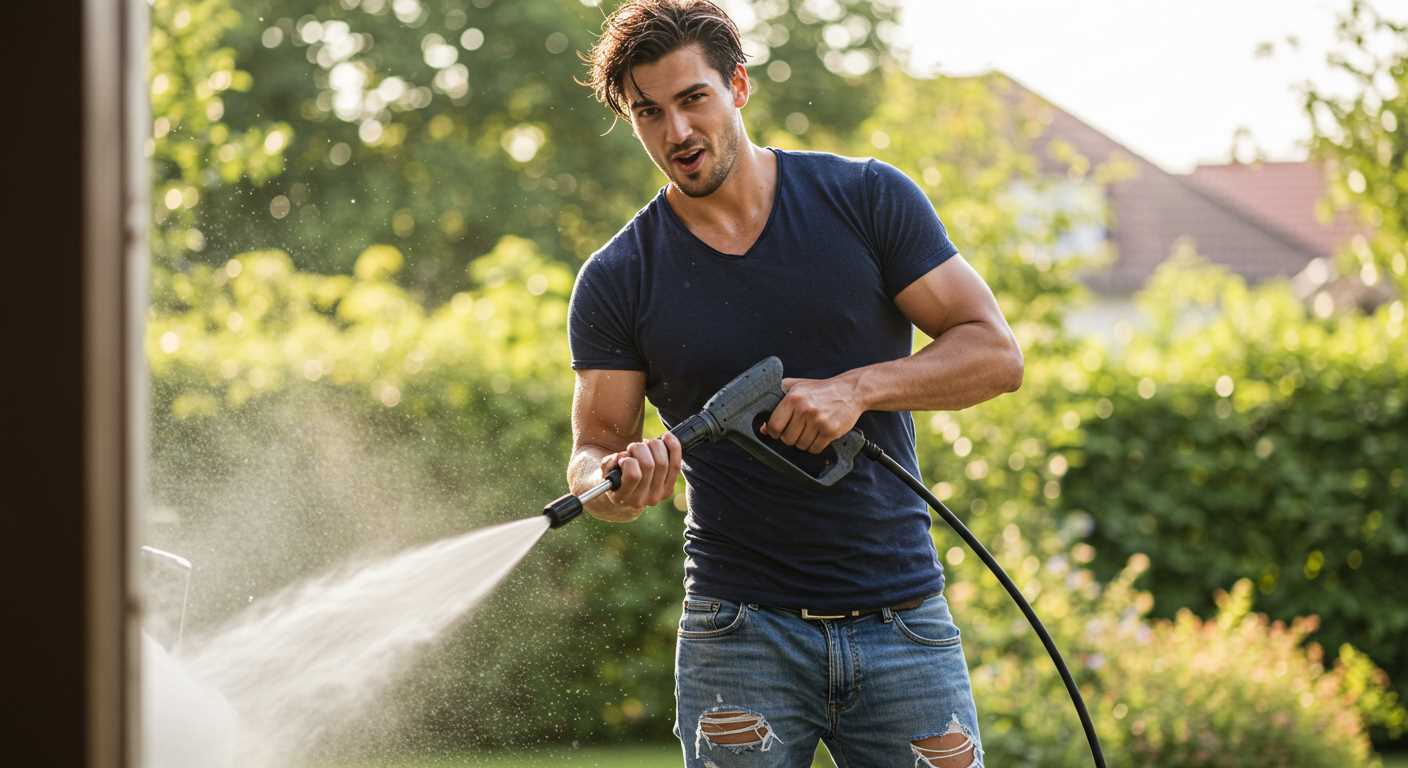
Choosing the right nozzle is critical for achieving desired results in cleaning tasks. Each nozzle type alters the flow rate and pressure of the water stream, leading to different cleaning efficiencies. The primary nozzles you’ll encounter include zero-degree, fifteen-degree, twenty-five-degree, and forty-degree options, each designed for specific applications.
A zero-degree nozzle delivers a concentrated stream that creates high pressure, ideal for tough stains on hard surfaces like concrete or brick. However, caution is necessary, as the intense force may damage softer materials.
Conversely, a fifteen-degree nozzle provides a wider spray pattern while maintaining significant pressure. This balance is suitable for medium-duty jobs, such as cleaning driveways or patios without risking surface damage.
The twenty-five-degree nozzle further broadens the spray, dispersing water over a larger area. This is beneficial for rinsing off soap or cleaning decks and siding, where gentler action is needed to prevent damage.
Finally, a forty-degree nozzle produces a fan-like spray, offering the gentlest touch suitable for delicate surfaces like cars or wooden fences. While it sacrifices some cleaning power, it’s invaluable for protecting finishes and avoiding scratches.
Adjusting nozzles also affects water flow rate. Narrower nozzles restrict flow, increasing pressure but decreasing the volume of water used per minute. This approach can be advantageous for cutting through grime but may require multiple passes over the same area. Conversely, wider nozzles increase flow, allowing faster coverage with less pressure, but they may require a specific technique to ensure cleanliness.
In conclusion, experimenting with different nozzles will maximise cleaning performance, allowing you to tailor the water flow and pressure according to the task, ensuring efficient and effective results with every use.
Key Differences Between Gas and Electric Pressure Washers
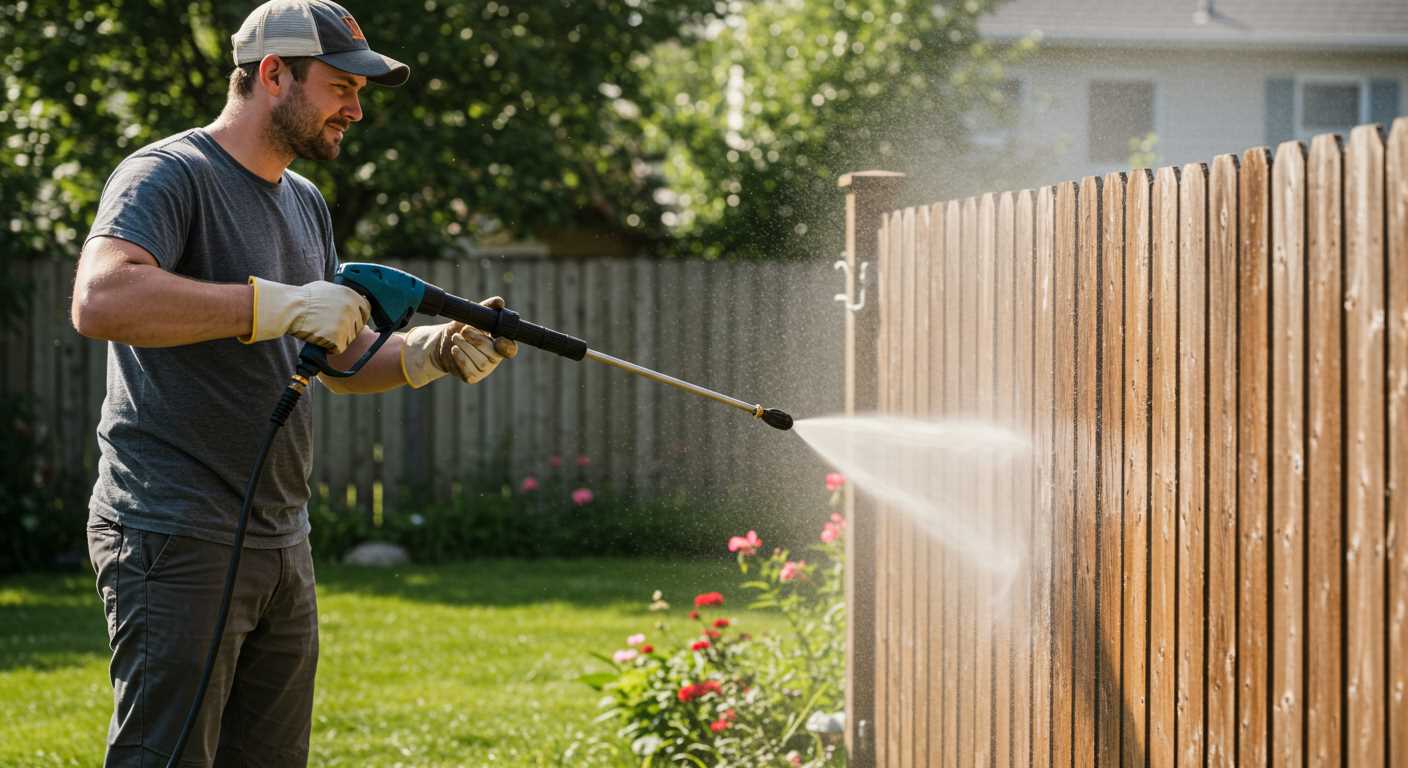
When selecting a cleaning equipment solution, consider the following differences between models powered by liquid fuel and those that rely on electricity.
- Power Output: Liquid-fuel units generally provide higher PSI and GPM ratings, making them suited for heavy-duty tasks like stripping paint or cleaning large driveways. Electric alternatives typically cater to light to medium tasks with lower performance levels.
- Mobility: Fuel-powered versions excel in portability due to their self-contained design. They aren’t restricted by power cords, providing flexibility in large outdoor areas. . Electric models require proximity to a power outlet, limiting their manoeuvrability.
- Operating Time: Fuel-operated units can run as long as there is fuel, allowing for extended usage without breaks. Conversely, electric devices are dependent on electrical circuits and may experience downtime due to power limitations.
- Maintenance: Maintenance procedures differ significantly. Fuel appliances require more frequent oil changes and tune-ups, while electric models have minimal upkeep, typically just requiring nozzle cleaning or replacement.
- Noise Levels: When in operation, fuel-driven units are generally louder, which may be a concern in residential areas. Electric counterparts operate much more quietly, making them ideal for use in noise-sensitive environments.
- Cost: Initial investment for fuel units tends to be higher, but they offer greater power. Electric models are usually more economical upfront, though they may not handle tougher jobs as efficiently.
- Environmental Impact: Electric options are often seen as more eco-friendly due to reduced emissions compared to their gas-operated colleagues which can release pollutants during operation.
Ultimately, the choice hinges on your specific cleaning needs, budget, and environmental considerations. By weighing these factors, you can select the most suitable cleaning equipment for your tasks.
Maintaining a Gas Pressure Washer for Longevity
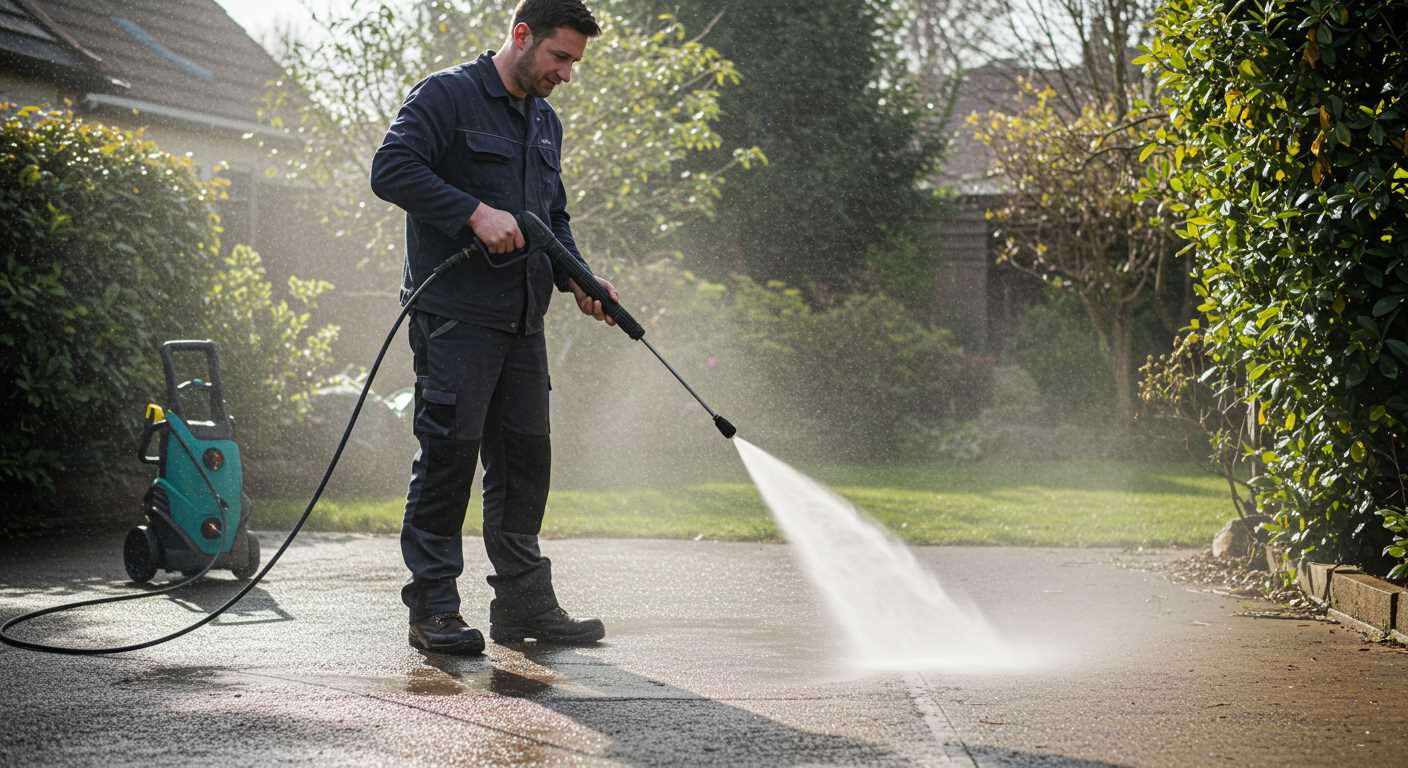
Regular inspections and timely servicing are vital for extending the life of your cleaning machine. Schedule maintenance after every 20 hours of use, focusing on oil changes, air filter checks, and spark plug inspections.
Engine Health
Keep the engine well-lubricated and replace the oil according to the manufacturer’s recommendations. Use high-quality oil to ensure smooth operation and to prevent wear. Check the fuel system for leaks or cracks and keep the fuel tank clean. Stale fuel can cause start-up issues, so use fresh fuel consistently.
Water System Maintenance
Inspect the water inlet filter for debris; clean it regularly to avoid clogs. Ensure all hoses are free from kinks and leaks. A damaged hose can reduce efficiency and increase wear on the pump. After each use, flush the water system to prevent any build-up of contaminants.
Finally, store the machine in a dry place to prevent rust and corrosion. Consider winterising the unit during colder months by using a fuel stabiliser and removing any residual water from the system. Proper care not only enhances performance but also saves you money on repairs in the long run.
Common Troubleshooting Tips for Gas Pressure Washers
Check the fuel level. A common issue is running out of gas, so ensure your tank is full.
If the engine won’t start, inspect the spark plug. Remove it and clean any corrosion; replace if necessary.
Listen for unusual noises. A grinding sound may indicate debris in the pump or a failing component.
Inspect the water supply. Ensure the hose is free of kinks and connectors are secure to maintain a steady flow.
Adjust the nozzle for optimal performance. Switching between nozzles can affect pressure; use the appropriate type for your task.
Monitor for leaks in hoses and connections. A simple fix like tightening or replacing a damaged hose can resolve many issues.
If the equipment runs but lacks pressure, check the inlet filter. Clean it to ensure water intake isn’t obstructed.
After use, always drain the tank and water lines. This prevents damage from residual moisture during storage.
Regularly changing the oil maintains engine health and performance. Consult your manual for the right oil type and change intervals.
Finally, consult the manual for specific troubleshooting steps related to your model. Every unit can have unique quirks requiring attention.







